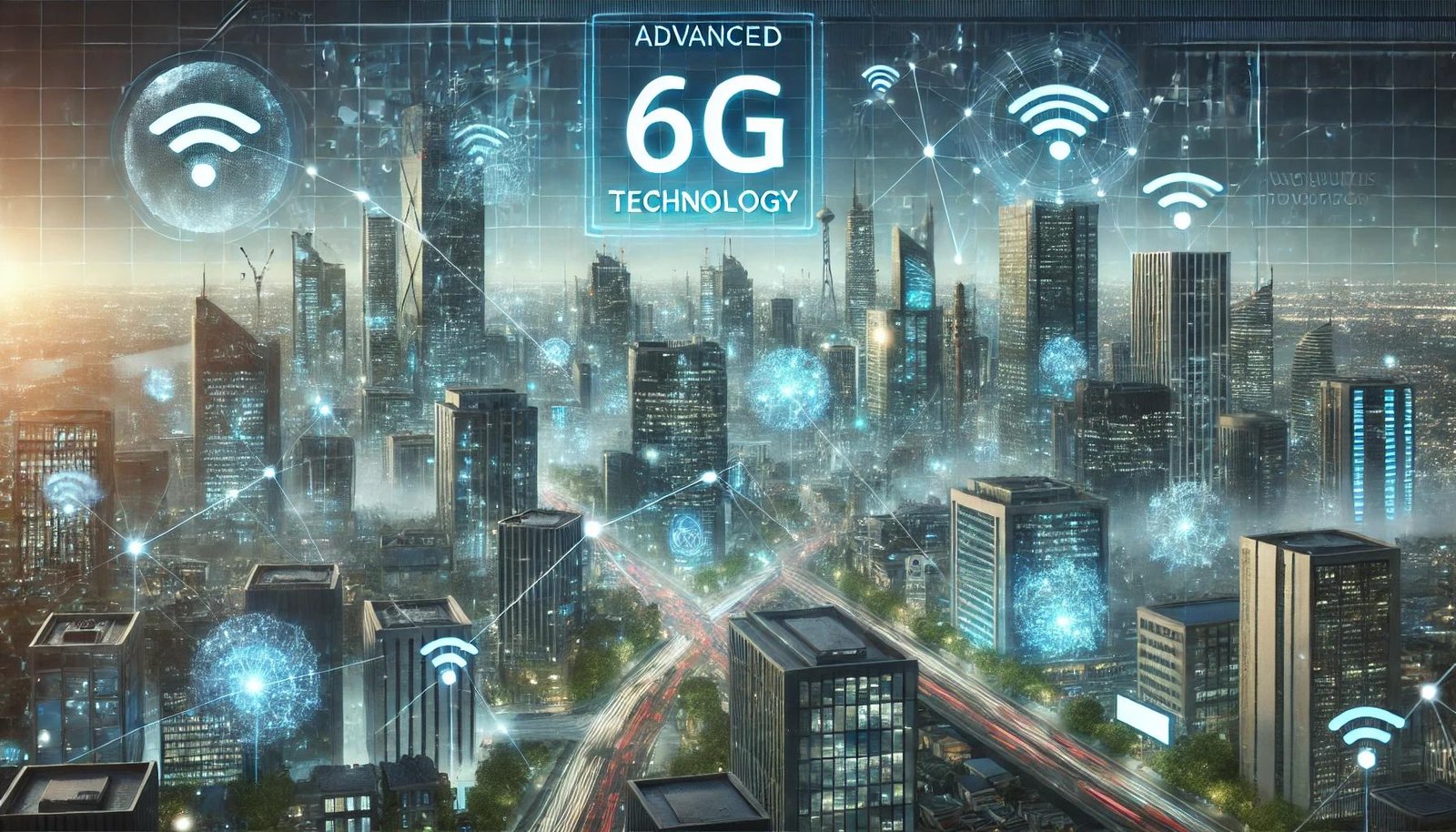6G Technology: What to Expect Beyond 5G
As the digital world continues to evolve, the race for the next generation of wireless technology has begun. 6G, or the sixth generation of mobile networks, is expected to surpass the capabilities of its predecessor, 5G, offering unprecedented speed, connectivity, and efficiency. While still in the development phase, the vision for 6G is to revolutionize various industries and enhance the way we interact with technology and the world around us.
Key Features and Innovations of 6G
Ultra-High Speed and Low Latency
6G aims to offer speeds up to 100 times faster than 5G, with significantly lower latency. This will enable real-time, seamless communication for applications such as remote surgery, augmented reality (AR), and virtual reality (VR).
Enhanced Connectivity and Internet of Everything (IoE)
With the rise of the Internet of Things (IoT), 6G will play a pivotal role in connecting an even greater number of devices. It will facilitate the development of the Internet of Everything (IoE), where all physical and digital devices are interconnected, providing a more integrated and intelligent environment.
Integration with AI and Machine Learning
6G networks are expected to be AI-native, using artificial intelligence and machine learning to optimize network performance, manage resources, and enhance security autonomously. This will make the network more responsive and efficient.
Terahertz Frequency Bands
6G will likely utilize terahertz (THz) frequencies, enabling faster data transmission and supporting the integration of new services like holographic communication and immersive experiences that require massive bandwidth.
Sustainable and Green Technology
A key goal of 6G development is sustainability. By using energy-efficient technology and optimizing resource allocation through AI, 6G aims to reduce the carbon footprint of telecommunication networks, aligning with global sustainability objectives.
Applications and Impact
Smart Cities: 6G will empower smart cities with enhanced communication networks, enabling advanced services such as autonomous transportation systems, intelligent energy management, and real-time monitoring of urban infrastructure.
Healthcare: With ultra-low latency and high reliability, 6G will revolutionize telemedicine and remote healthcare services, providing better access and more efficient medical interventions.
Industry 4.0: Manufacturing and industrial sectors will benefit from 6G-enabled automation, robotics, and real-time data analytics, fostering more efficient and flexible production systems.
Entertainment: The next wave of entertainment will be transformed by 6G through immersive AR/VR experiences, 3D holographic displays, and enhanced live-streaming capabilities, offering more engaging and interactive content.
Challenges Ahead
While 6G promises significant advancements, there are challenges to overcome:
- Spectrum Allocation: The use of higher frequency bands like terahertz will require new regulatory measures and careful management of spectrum resources.
- Infrastructure Development: Building the infrastructure to support 6G’s capabilities, including advanced antennas and new network architecture, will require significant investment and time.
- Security and Privacy: With increased connectivity and data exchange, ensuring robust security measures and protecting user privacy will be crucial.
Timeline and Future Outlook
The rollout of 6G is expected around 2030, following the widespread adoption of 5G. Research and development are already underway, with countries like the USA, China, South Korea, and the European Union investing heavily in 6G technologies. As the global telecommunications landscape evolves, 6G will pave the way for more innovative, connected, and intelligent systems, shaping the digital future beyond imagination.
Conclusion
6G technology holds the potential to redefine the digital landscape, promising remarkable improvements in speed, connectivity, and efficiency. As we transition from 5G to 6G, industries, businesses, and consumers can expect a wave of new opportunities that will enhance everyday experiences and technological capabilities.
